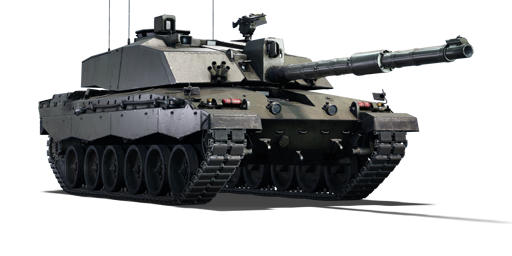The FV4034 Challenger 2 is a third-generation British main battle tank (MBT) that has been predominantly in service with the British Army since 1994. Vickers Defence Systems (formerly BAE Systems Land & Armaments) designed it as a private venture in 1986, and it was a major redesign of the company's earlier Challenger (also referred to as Challenger 1). In December 1988, the Ministry of Defence requested a prototype. Despite superficial resemblances to the Challenger, design and advancements in technology suggest that only around 3% of the components are interchangeable. The new main combat tank outperforms its predecessor in every way. A couple of planned upgrading initiatives for the Challenger 2 tanks have recently been proposed. However, due to budget shortages, the British Army may be forced to withdraw its Challenger 2 fleet in the near future. The Challenger 2 is outfitted with second-generation Chobham composite armour. It's lighter than the original Chobham, but it's more protective. The tank's turret has been rebuilt. The Challenger 2 has NBC protection as well as autonomous fire suppression equipment. The new 120 mm Royal Ordnance L30A1 tank gun is installed on the Challenger 2. It can fire a wide range of standard NATO 120 mm tank ammunition. The loader manually loads the tank gun. The tank has a crew of four, with the driver in the centre front and three crew members in the turret, with the commander on the right, the gunner in front and below the commander, and the loader on the left side.
Introduced in Update 1.87 "Locked On", the Challenger 2 is the pinnacle of British tank design, the result of all the knowledge garnered from previous British main battle tank families such as the Chieftain and the Challenger. Given its competent qualities in firepower and armour, the Challenger 2 is a force to be reckoned with on the battlefield. Mobility, however, remains one of the key disadvantages of practically all British main battle tanks, particularly when compared to other nations. This will be a challenge during battles because players may struggle to reach strategic positions early in the game ahead of their opponents. Another notable weakness of the Challenger 2 is its driver hatch, which can still be penetrated by practically any tank at its rank. As a result, during combat, players should choose hull-down positions and avoid revealing the hull unless absolutely necessary.















